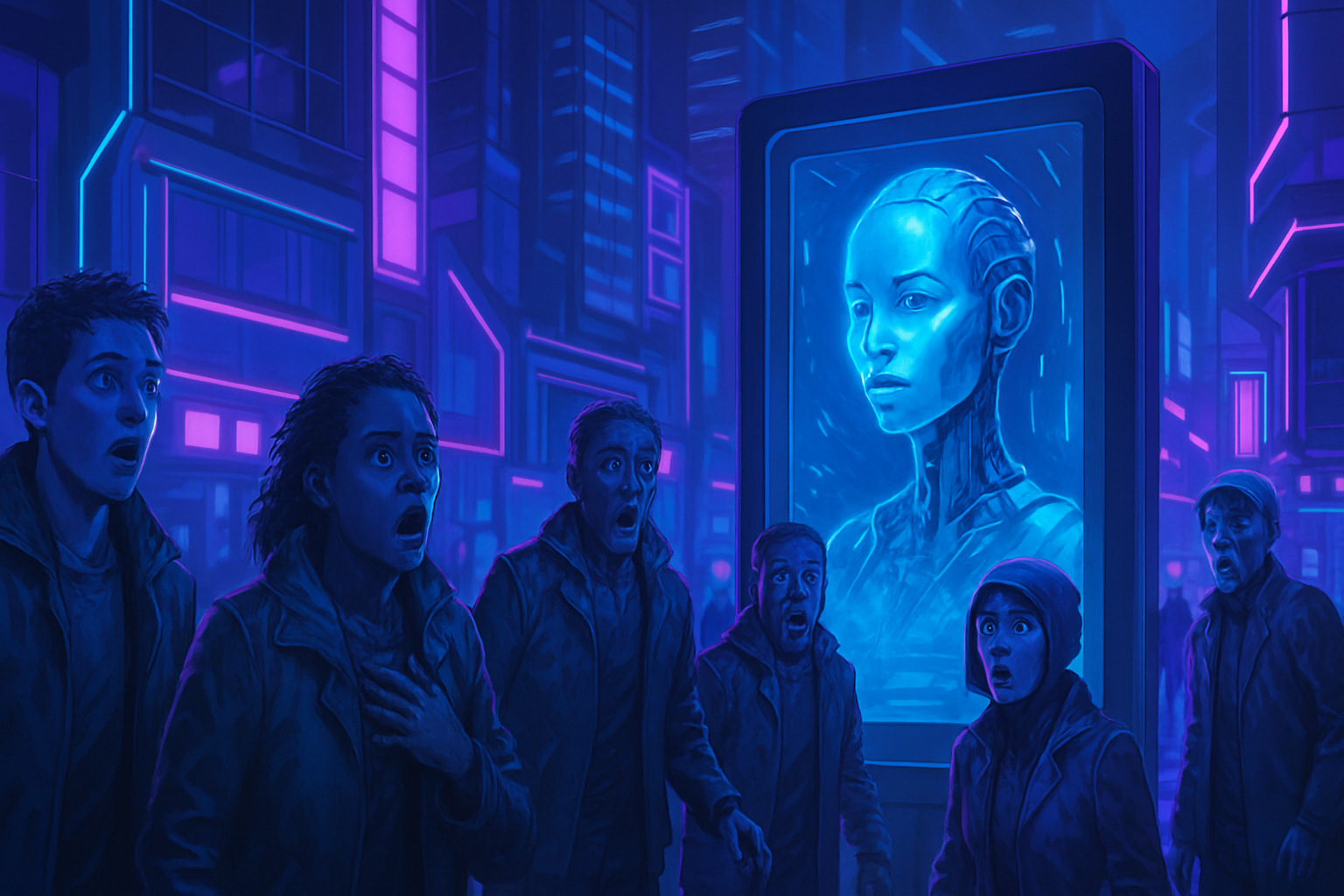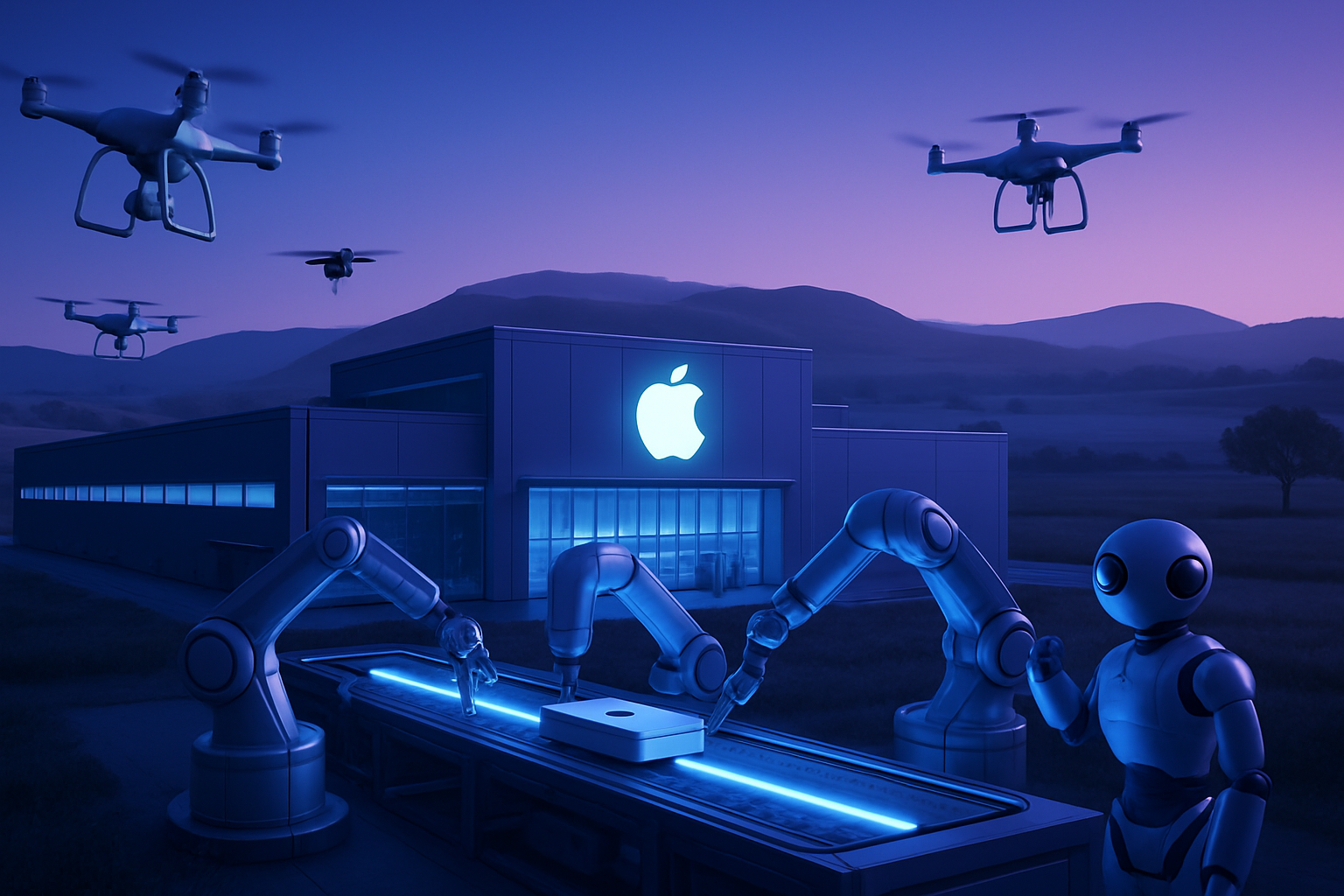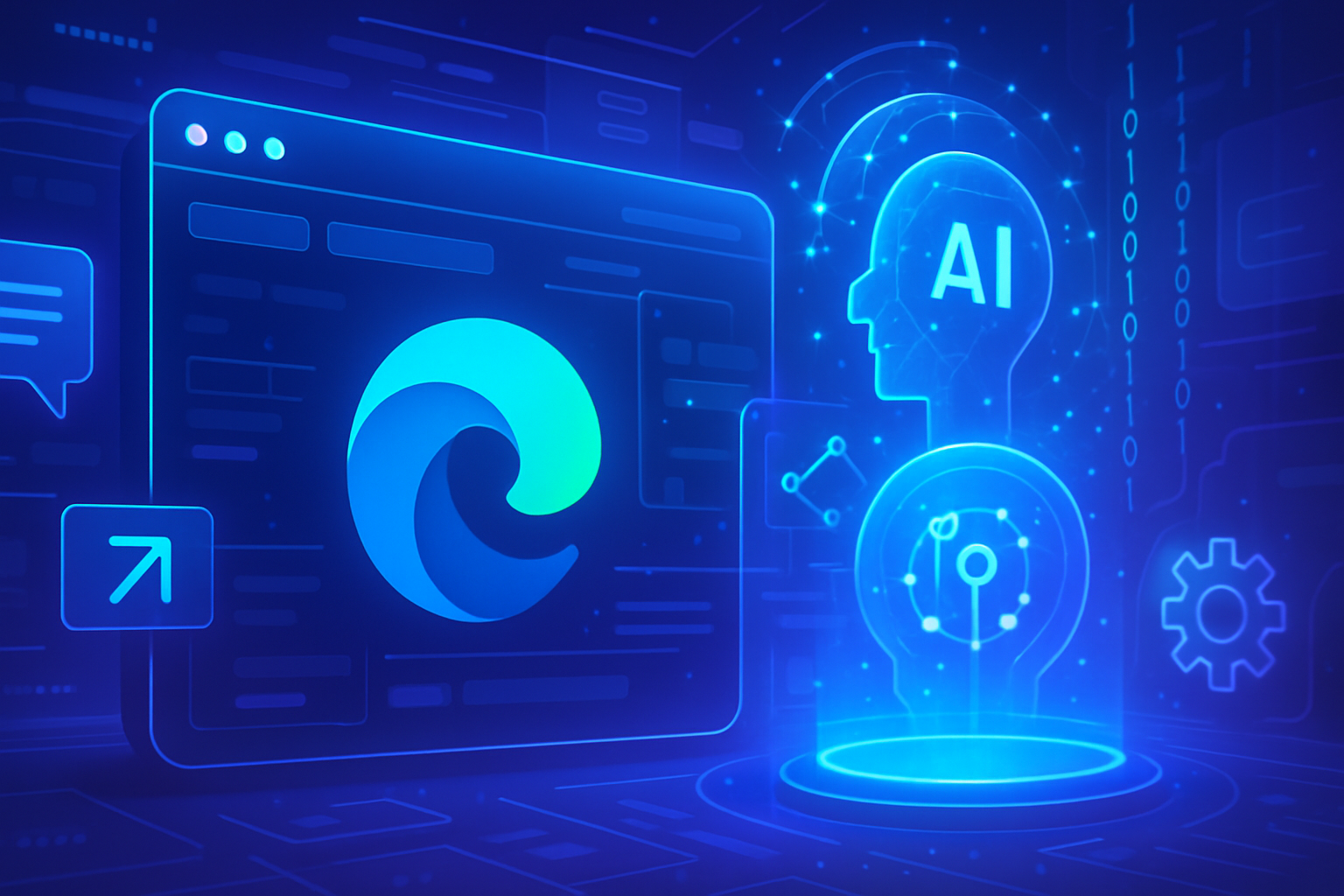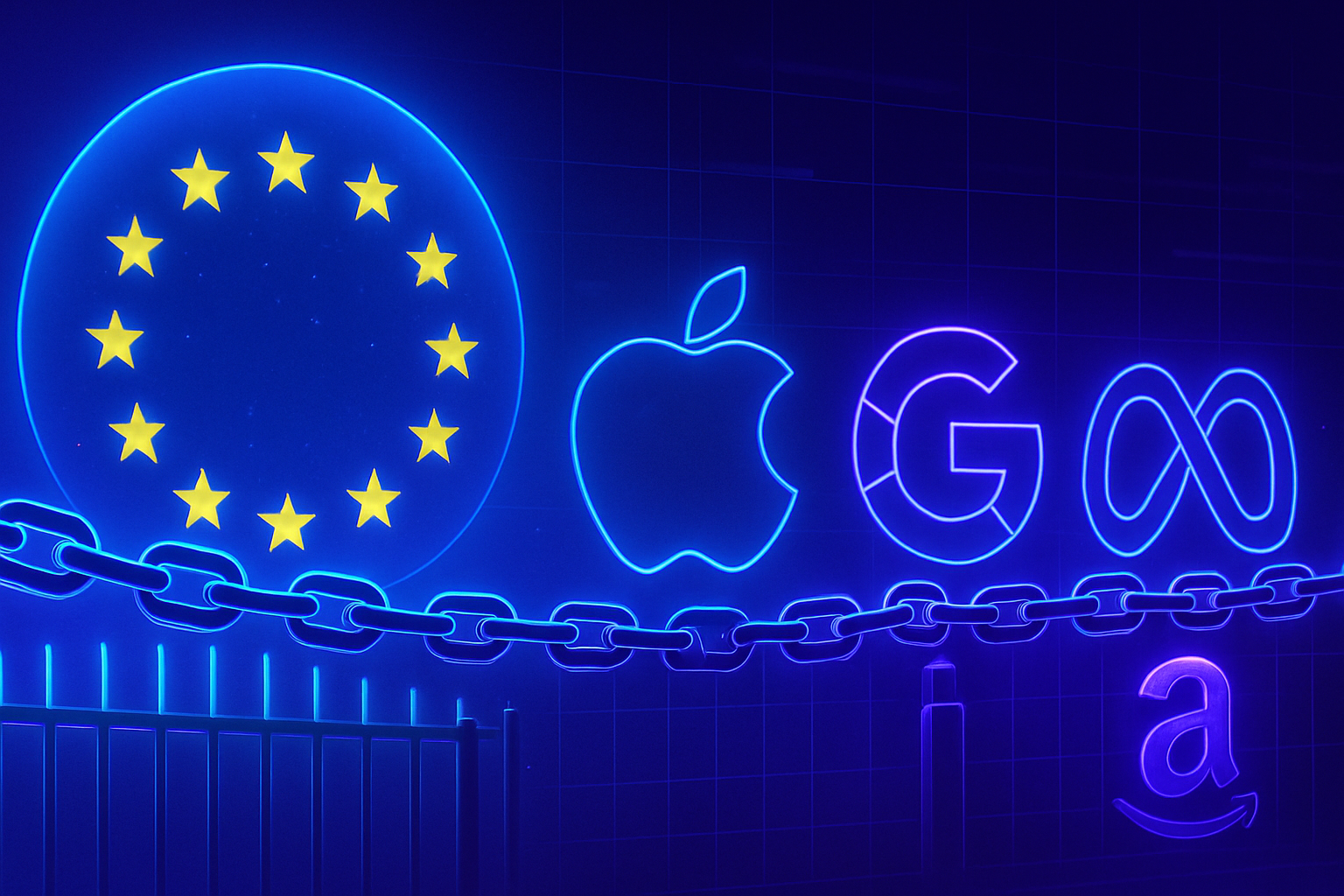OpenAI is at a decisive turning point with its latest AI model. *Expectations are rising, but results are stagnating*. The Orion model, which many viewed as a promising advancement, is showing *diminishing returns* compared to its predecessors. OpenAI’s challenges are multiplying, exacerbated by the *decline in training data* and the rise of competition. This dilemma raises questions about the future of artificial intelligence and the effectiveness of the investments made.
OpenAI and the Diminishing Returns of AI
OpenAI, an emblematic company in the field of artificial intelligence, is facing diminishing returns with its latest AI model, codenamed Orion. Recent studies reveal that the performance of this model shows marginal improvements compared to its predecessors, notably GPT-4.
Performance of the Orion Model
During tests conducted by employees, Orion reached the performance level of GPT-4 after only 20% of its training. This speed raises a question: where does the real added value of Orion lie? The initially high expectations do not seem to materialize, with tangible progress proving to be less significant than anticipated during the transition from GPT-4 to GPT-5.
Various researchers within OpenAI express skepticism about Orion’s reliability in certain tasks. While the model may excel in linguistic tasks, it might not surpass its predecessors in technical areas, such as programming.
Technical and Financial Challenges
The current situation at OpenAI comes after a substantial fundraising of $6.6 billion, leading to increased pressure from investors. They expect concrete results and significant advancements in AI model performance, making the situation even more urgent for the company.
The technical challenges related to the scaling of AI models further complicate the landscape. Traditional scaling methods are hitting limits, making the training progress of models less effective. Diminishing returns are often an inherent characteristic in the later phases of machine learning.
Availability of Training Data
The limitations encountered in the development of AI models also highlight a growing shortage of high-quality data. A report indicates that the reservoir of human-generated data could be depleted by 2026 to 2032, making it challenging to feed increasingly complex AI models. The data recently used appear to have been largely exploited, thus limiting potential advancements.
Toward a New AI Strategy
In the face of these difficulties, OpenAI is considering revising its development strategy. Transitioning to a model based on post-training improvement could potentially give rise to new types of scaling laws. This approach could offer innovative solutions to circumvent the limitations imposed by diminishing returns.
Anticipations for the Future
The challenges posed by Orion and the expectations of investors raise questions about future funding possibilities for OpenAI. If the model’s performance does not meet expectations, the company may struggle to attract new capital. The need to find viable and effective solutions is crucial to maintain competitiveness in the market.
The landscape of AI remains dynamic and ever-evolving, and OpenAI’s ability to navigate these issues will determine its future positioning in a rapidly changing sector. Diminishing returns thus become an indicator of the major challenges to be overcome in the relentless quest for innovation and performance.
OpenAI continues to face technical challenges. The availability of data is becoming increasingly constrained. A revision of the development strategy is necessary.
Frequently Asked Questions about OpenAI and the Diminishing Returns of Its Latest AI Model
What is OpenAI’s Orion model?
The Orion model is OpenAI’s latest creation, successor to GPT-4, intended to offer improvements in performance and language processing capabilities.
Why is OpenAI encountering diminishing returns with the Orion model?
OpenAI is facing diminishing returns because the performance of the Orion model does not reach the significant levels of improvement observed during previous transitions between different models, such as from GPT-3 to GPT-4.
How do OpenAI employees evaluate Orion’s performance compared to GPT-4?
Some employees indicated that Orion, while achieving performance levels similar to GPT-4 after only 20% of its training, does not consistently demonstrate superiority over its predecessors in certain tasks, such as coding.
What technical challenges must OpenAI overcome to improve the Orion model?
OpenAI must tackle several technical challenges, including the limitation of high-quality training data availability and the need to maintain relevance in an increasingly competitive market.
How does the recent $6.6 billion fundraising affect expectations for OpenAI?
This fundraising increases investor expectations regarding OpenAI’s performance and innovations, making the development of a high-performing model like Orion even more critical.
What are the implications of training data saturation for AI?
Training data saturation could significantly limit future advancements in AI model development, leading to diminishing returns for substantial improvements.
What alternatives is OpenAI considering in the face of these development challenges?
OpenAI is considering reevaluating its development strategy to focus on enhancing existing models post-initial training, rather than relying solely on additional learning phases.
What are the risks associated with diminishing returns in AI development?
Risks include decreased investor interest, challenges in attracting new funding, and the potential stagnation of technological progress in the field of artificial intelligence.






